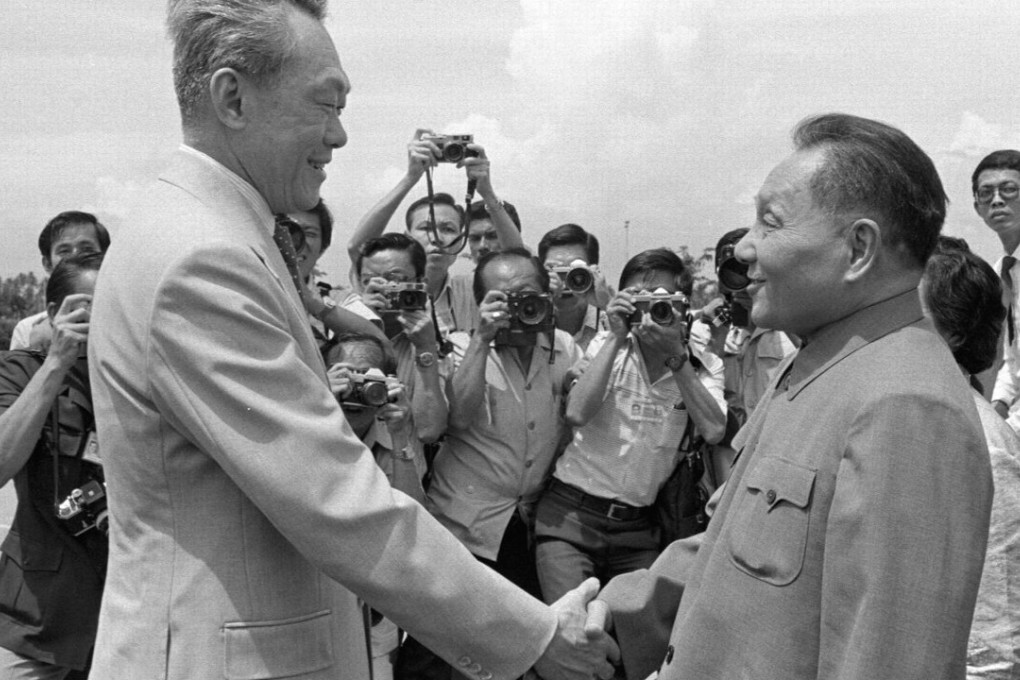Friendly panda, fiery dragon: how China and Asean fell in (and out) of love
- Forty years since Deng Xiaoping sought inspiration in Singapore, China-Asean relations have gone full circle.
- Ties that survived revolutionary zeal, financial crises and Tiananmen are now threatened by a curse in the South China Sea

After the aircraft doors closed, he gave his staffers a dressing down. The Singapore he had just seen, in 1978, was nothing like the brief he had received. There had been no cheering Chinese crowds and the city he had visited for four days was more advanced and modern than any city in China.
In truth, Lee, then prime minister of Singapore, had no idea what happened between Deng and his entourage on the plane. He admitted as much, writing that he believed there was a scolding by the Chinese leader. But as the years morphed into four decades, fiction transformed into fact.

When Deng later credited Singapore as a model for China’s reform and opening up, Lee’s conjecture took on greater credence, earning the Lion City and by extension Southeast Asia (Deng also visited Kuala Lumpur and Bangkok during that trip in 1978) exalted status in communist China’s history.
However, since then, relations between Beijing and Southeast Asia have been far from linear. While Deng’s reforms 40 years ago meshed the two parties more closely, happiness has gradually given way to some bitterness as China has grown in strength and stature thanks largely to its embrace of the market economy.